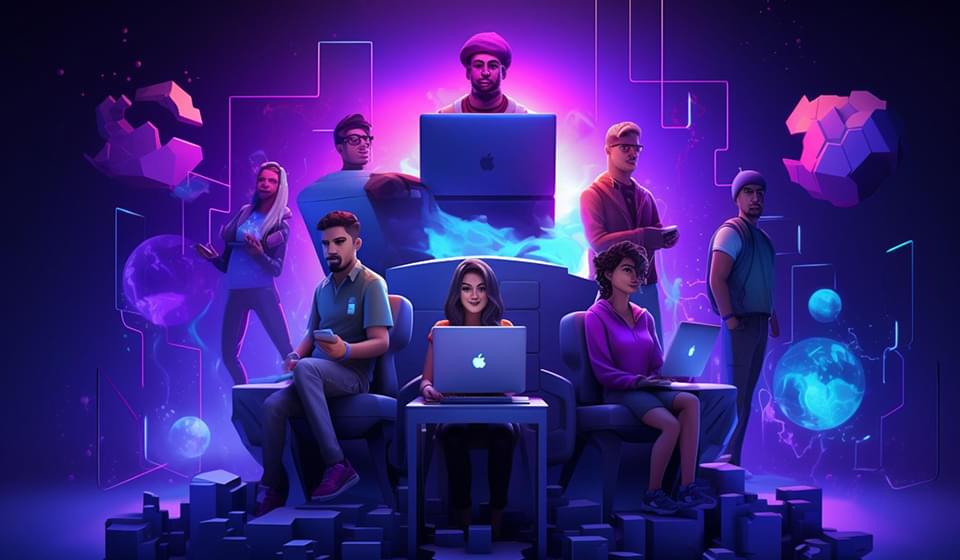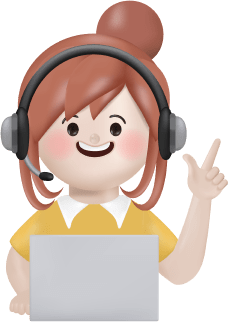The Rise of Gamification in Employee Engagement: A Win for Businesses

In today's dynamic and competitive business landscape, where employees often contend with long hours, remote work setups, and constant pressure to excel, keeping them engaged and motivated is paramount. Fortunately, one innovative solution has been gaining traction across industries: gamification. Originally employed to engage customers, gamification has proven to be equally effective in boosting employee morale and productivity. Let's delve into this fascinating trend and explore how it's reshaping the workplace experience.
Introduction to Gamification in Employee Engagement
Employees are the lifeblood of any organization. Yet, amidst the challenges of modern work environments—ranging from traditional office setups to fully remote or hybrid models—keeping them engaged can be a daunting task. Enter gamification, a strategy that leverages game mechanics to incentivize desired behaviors and drive engagement.
Examples of Gamification in Action
Spin-the-Wheel Campaigns: Imagine a sales team that consistently meets or exceeds targets. By implementing a spin-the-wheel campaign, where employees earn vouchers and rewards for their achievements, organizations can infuse a sense of excitement and motivation into performance evaluations.
Reward Points and Leaderboards: Recognizing and rewarding employee efforts is crucial. By awarding points for completing tasks and showcasing top performers on leaderboards, companies not only incentivize productivity but also foster healthy competition and camaraderie among colleagues.
Fantasy Sports and Prediction Competitions: In a diverse workforce spread across different locations, organizing traditional sporting events may not be feasible. However, by hosting company-wide fantasy sports or prediction tournaments during major events like the IPL or World Cup, businesses can tap into employees' shared interests, promote teamwork, and offer avenues for relaxation and socialization.
Short Hyper-Casual Games: Everyone needs a break from work now and then. Introducing hyper-casual games during designated periods allows employees to unwind and bond over friendly competition. With rewards and vouchers up for grabs, these games serve as a refreshing respite while enhancing overall engagement.
Puzzles for Learning and Recreation: Puzzles aren't just entertaining; they're also valuable tools for learning and reinforcing company values. Whether used as part of employee training programs or as recreational activities, puzzles stimulate cognitive skills and encourage teamwork.
Benefits of Gamification for Employees and Organizations
By integrating gamification into the workplace, organizations stand to reap numerous benefits. Engaged and motivated employees are not only more productive but also exhibit higher levels of loyalty and commitment. This, in turn, translates to improved organizational performance and revenue growth. Ultimately, investing in employee satisfaction through gamification isn't just a choice—it's becoming a necessity in today's competitive landscape.
Conclusion: The Future of Employee Engagement
As we navigate the evolving dynamics of the modern workplace, gamification emerges as a powerful tool for fostering employee engagement and satisfaction. From boosting morale and productivity to promoting collaboration and creativity, the benefits are manifold. As businesses continue to embrace this innovative approach, the possibilities for enhancing the employee experience are limited only by imagination. In the quest for a motivated and inspired workforce, gamification is undoubtedly paving the way forward.

